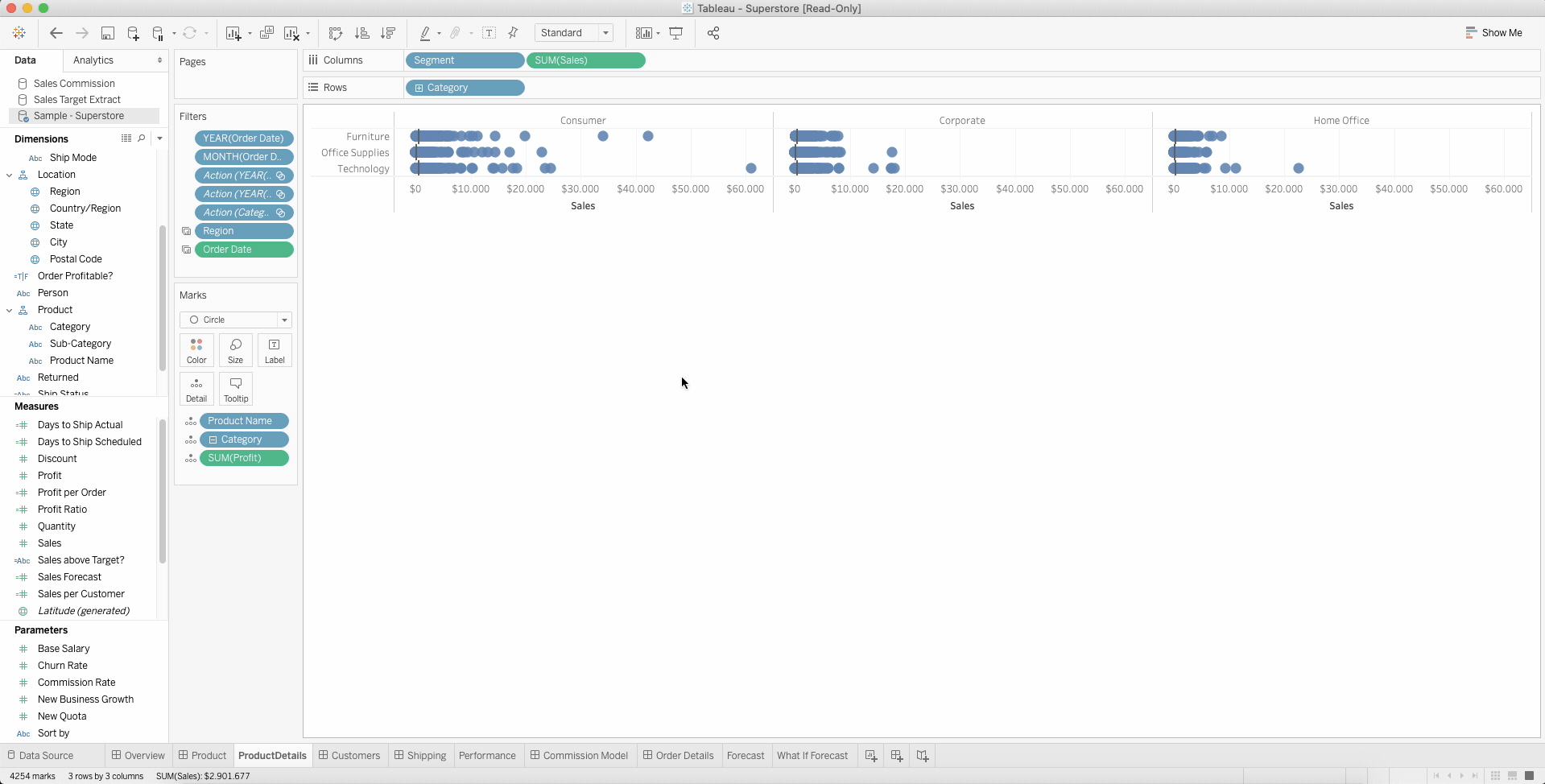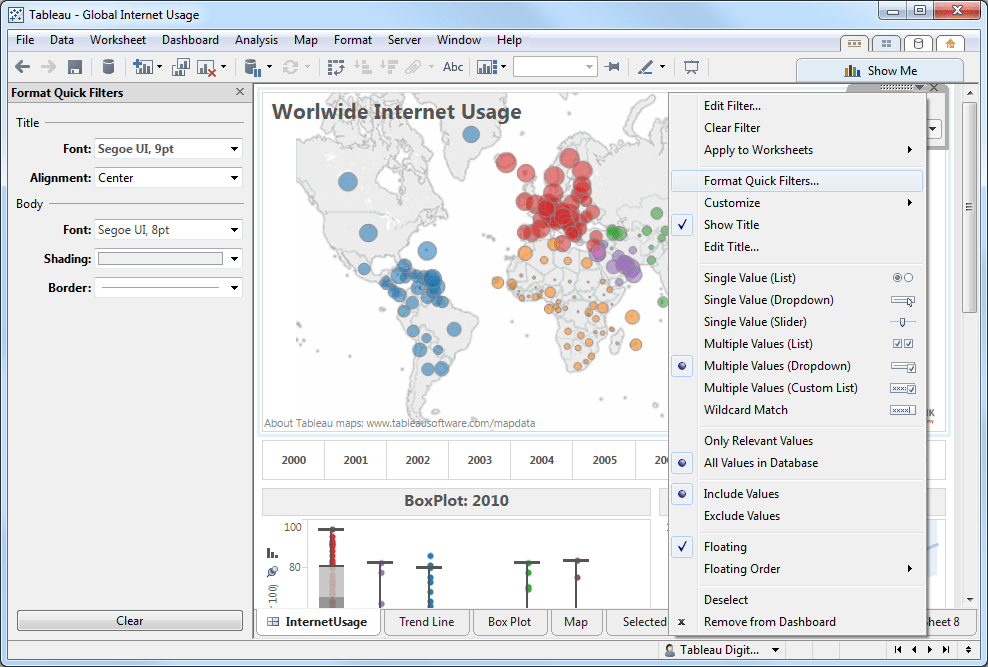

For Tableau Cloud, use this argument if your user name is associated with more than one site. In a multiple-site environment, specifies the site to which the command applies.

The URL for the Tableau server on which the data is published. Not all data sources support incremental refresh. If this option is not included, an incremental refresh is performed.
TABLEAU DESKTOP TRIAL FULL
If the data source is set up for incremental refreshes, use this option to force a full extract refresh. If the file is on a network share, use the UNC format for the path: \\server\path\filename.csv To refresh a multi-file data source, pass the path to a folder that contains the data files.

For example: -original-file c:\folder\file.csv Path and file name for the data source to be refreshed on the server. Note: You must provide the user name and password when refreshing a published extract, even if the data source was originally published with embedded credentials. original-file instead of the user name and password options. Use this option with -source-password, or use Tableau refreshextract command options Short FormĪ valid user name for the data source connection. The source being refreshed must be the original data source, not a. If the value for an option contains spaces, enclose it in quotation marks. Some options also have a short form that you use with a single hyphen (for example, -s). Tableau help refreshextract Using parametersĪll options have a full form that you use with a double hyphen (for example, -server). To see help for this command, at the Windows command prompt, type the following command: Refreshing an extract updates an existing extract with any modifications that have been made to the data source since the last refresh. Use tableau refreshextract to refresh an extract on Tableau Server or Tableau Cloud. Syntax and parameters for the tableau refreshextract command Note: In a multiple-site environment, specify the site to which the command applies. Note: To troubleshoot, check the logs in the tableaucom.txt file in the \My Tableau Repository\Logs folder. Note: When using the utility, always specify tableau on the command line or in scripts, never tableau.exe. Use either of the following commands, adding parameters described in the tables below. Open the Command Prompt as an administrator and change to the Tableau Desktop bin directory.Ĭd C:\Program Files\Tableau\Tableau 2022.3\bin
TABLEAU DESKTOP TRIAL UPGRADE
hyper extract, you will be unable to open the extract with previous versions of Tableau Desktop.įor more information, see Extract Upgrade to. While there are many benefits of upgrading to a. tde extract), the extract is upgraded to. When an extract refresh or append data is performed on extracts created in Tableau 10.4 and earlier (that is, a. It does not work for multi-connection data sources.

You can use it to refresh single-connection data sources only. You can use it for extract data sources that don't use OAuth.
TABLEAU DESKTOP TRIAL TRIAL
It is not available with the trial version of Tableau Desktop. It is available with Tableau Desktop on Windows and can run only on a Windows system. Requirements for using the Tableau Data Extract Command-Line Utility include the following: This is a command-line utility that comes with Tableau Desktop, through which you can refresh published extract data sources or append data to them from a file. You can automate extract refresh tasks using the Tableau Data Extract Command-Line Utility.


 0 kommentar(er)
0 kommentar(er)
